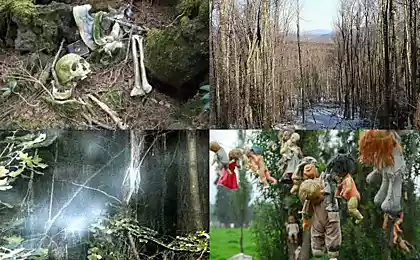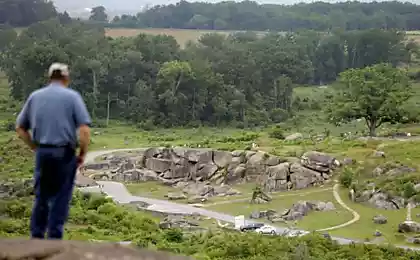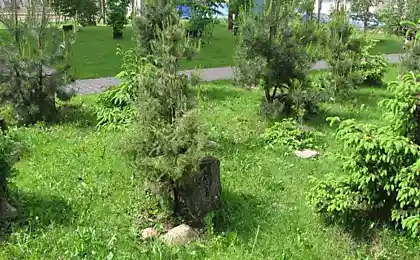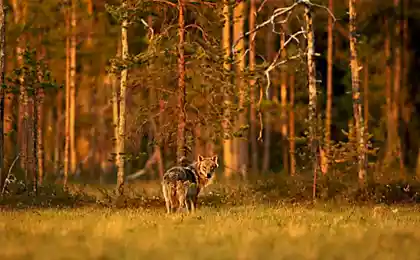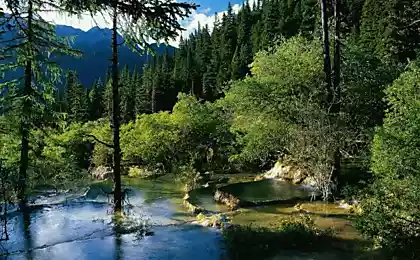480
8 relict forests of the world that will soon disappear
Forests are home to 80% of all life on earth. Flora and fauna may vary from one array to another, one thing remains unchanged — a constant evolution. In addition, forests give us not only the raw materials used in dozens of industries, but also the air.
Our forests are on the verge of destruction. This is facilitated by many factors. Chief among them — people. Not everyone understands the danger we create for ourselves. Special presentations and hands-action "green" business do not change. Apparently, over all not very good and maybe our grandchildren will see a forest, only on pictures. We offer you to look at this small list of endangered right now forests that do not even reach our children.
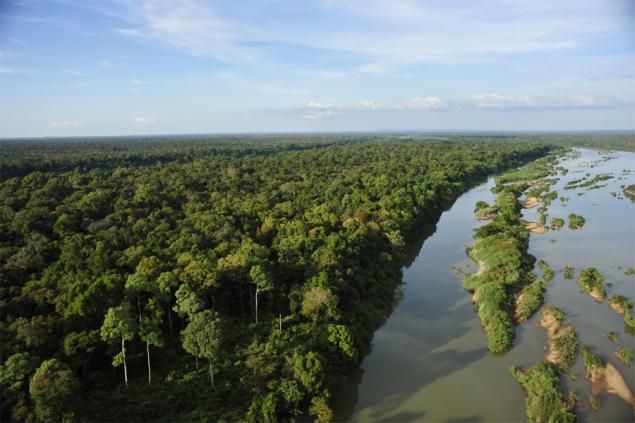
Forest Afromontane Africa
Located along the Eastern edge of Africa, the Afromontane forest consists of tropical and subtropical moist broadleaf forests. He also harbors a variety of mammals, birds and amphibians. The expansion of nearby settlements resulted in reduction of areas of forest to 11% of its original size.

Coastal forests of Eastern Africa Eastern Africa
Coastal forests of Eastern Africa — a very small array. But there are still three three endemic species of monkeys: red colobus Tana river, Chubaty Mangabey and the red colobus of Zanzibar. They are quite successfully destroyed by local residents, as well as the forest itself.
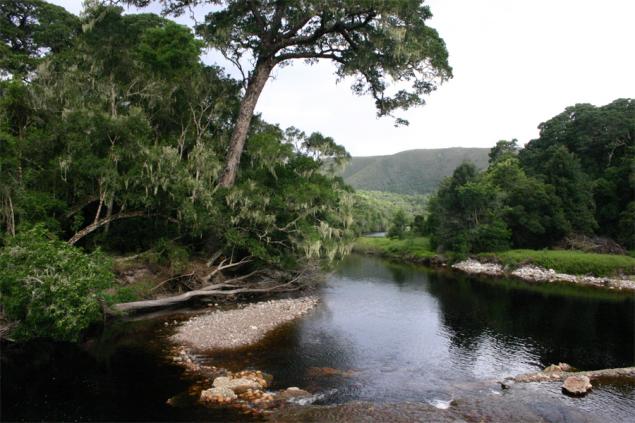
Mountains of southwest China Asia-Pacific region
Mountains of southwest China in the Asia-Pacific region — home to a wide range of flora and some endemic species, including those endangered pandas. Illegal hunting, overgrazing and firewood collection are some of the major threats to the existence of this forest. At the moment there is only 8% of the initial array.

California Floristic Province North America
Tropical and subtropical broadleaf forests, which grows a giant Sequoia. The California Condor, North America's largest bird, breeds here. Many large mammals are already extinct. The growth of commercial agriculture, along with the expansion of urban areas, environmental pollution has resulted in an incredible speed reducing the size of this array.
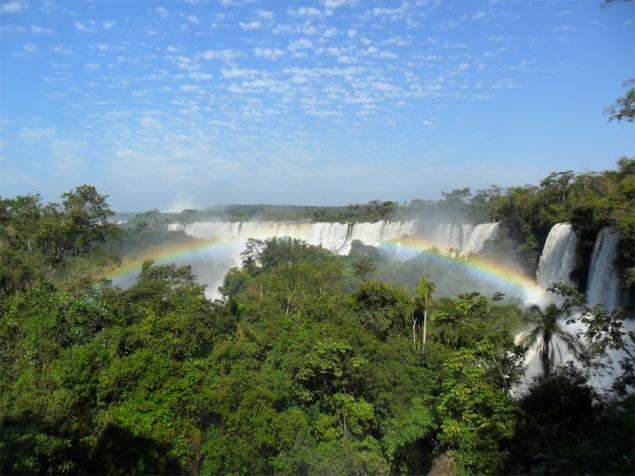
Atlantic forest, South America
The Atlantic forest stretches along the Atlantic coast of Brazil, to parts of Paraguay, Argentina and Uruguay. These rainforests contain 20,000 species of plants and 24 species of vertebrates are on the verge of extinction. The scientists leave this forest no more than 10 years of existence.
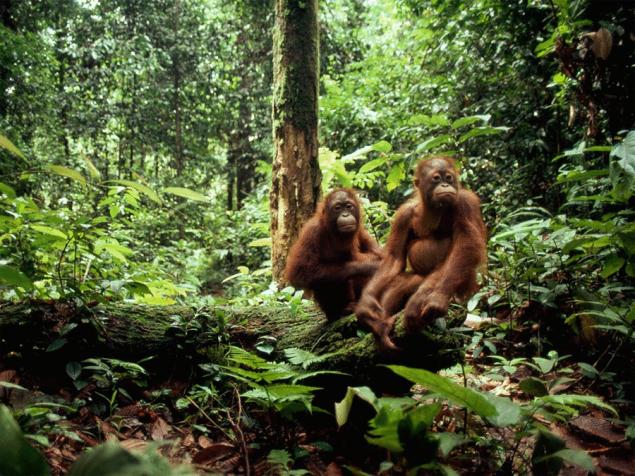
Sundaland of the Asia-Pacific region
These forests are located on the Islands of Borneo and Sumatra. Rubber, palm oil and pulp production, along with illegal logging have left of their former greatness, about the only pitiful remnants.
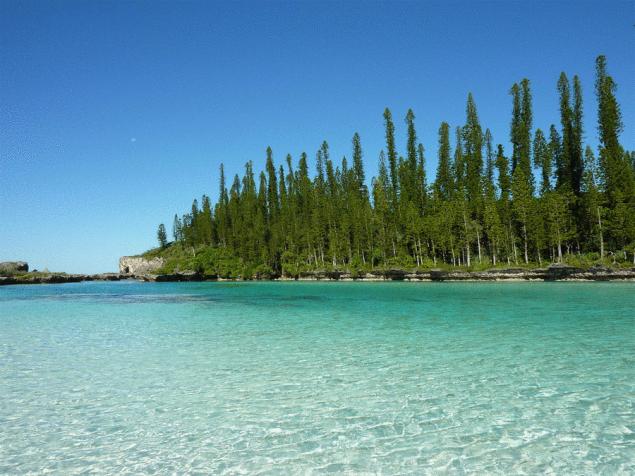
New Caledonia Asia-Pacific region
The tropical rainforest of New Caledonia, house for at least five endemic plant families. Nickel mining, forest destruction and invasive species threaten the flora and fauna, there were only 5% of the array.
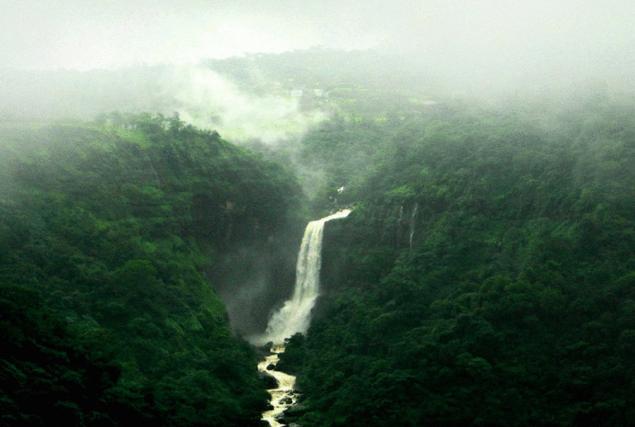
Indo-Burmese forests of the Asia-Pacific region
The ponds in which shrimp farming and other aquaculture, overfishing and other fishing techniques to replace mangrove forests destroyed coastal and freshwater ecosystems, leaving 5% of the original habitat.
Source: dnpmag.com/2015/02/06/7-samyx-strannyx-lesov-mira-kotorye-skoro-ischeznut/
Our forests are on the verge of destruction. This is facilitated by many factors. Chief among them — people. Not everyone understands the danger we create for ourselves. Special presentations and hands-action "green" business do not change. Apparently, over all not very good and maybe our grandchildren will see a forest, only on pictures. We offer you to look at this small list of endangered right now forests that do not even reach our children.

Forest Afromontane Africa
Located along the Eastern edge of Africa, the Afromontane forest consists of tropical and subtropical moist broadleaf forests. He also harbors a variety of mammals, birds and amphibians. The expansion of nearby settlements resulted in reduction of areas of forest to 11% of its original size.

Coastal forests of Eastern Africa Eastern Africa
Coastal forests of Eastern Africa — a very small array. But there are still three three endemic species of monkeys: red colobus Tana river, Chubaty Mangabey and the red colobus of Zanzibar. They are quite successfully destroyed by local residents, as well as the forest itself.

Mountains of southwest China Asia-Pacific region
Mountains of southwest China in the Asia-Pacific region — home to a wide range of flora and some endemic species, including those endangered pandas. Illegal hunting, overgrazing and firewood collection are some of the major threats to the existence of this forest. At the moment there is only 8% of the initial array.

California Floristic Province North America
Tropical and subtropical broadleaf forests, which grows a giant Sequoia. The California Condor, North America's largest bird, breeds here. Many large mammals are already extinct. The growth of commercial agriculture, along with the expansion of urban areas, environmental pollution has resulted in an incredible speed reducing the size of this array.

Atlantic forest, South America
The Atlantic forest stretches along the Atlantic coast of Brazil, to parts of Paraguay, Argentina and Uruguay. These rainforests contain 20,000 species of plants and 24 species of vertebrates are on the verge of extinction. The scientists leave this forest no more than 10 years of existence.

Sundaland of the Asia-Pacific region
These forests are located on the Islands of Borneo and Sumatra. Rubber, palm oil and pulp production, along with illegal logging have left of their former greatness, about the only pitiful remnants.

New Caledonia Asia-Pacific region
The tropical rainforest of New Caledonia, house for at least five endemic plant families. Nickel mining, forest destruction and invasive species threaten the flora and fauna, there were only 5% of the array.

Indo-Burmese forests of the Asia-Pacific region
The ponds in which shrimp farming and other aquaculture, overfishing and other fishing techniques to replace mangrove forests destroyed coastal and freshwater ecosystems, leaving 5% of the original habitat.
Source: dnpmag.com/2015/02/06/7-samyx-strannyx-lesov-mira-kotorye-skoro-ischeznut/
As the techniques of slicing and cutting 5 products
Animal instinct: Effective ways to increase your testosterone

